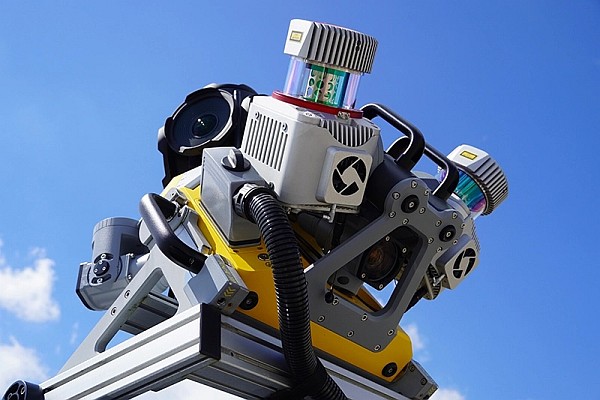IBGE released the estimates of the resident population for the 5,570 Brazilian municipalities, based on the reference date of July 1, 2014. It was estimated that Brazil had 202.7 million inhabitants and a growth rate of 0.86% between 2013 and 2014. São Paulo remained as the most populated municipality, adding up to 11.9 million inhabitants, followed by Rio de Janeiro (6.5 million), Salvador (2.9 million), Brasília (2.9 million) and Fortaleza (2.6 million). The 25 most populated municipalities added up to 51.0 million inhabitants, representing 25.2% of the total population of Brazil.
The population estimates are key to calculate economic and socio-demographic indicators in the periods between censuses. They are also one of the parameters used by the Brazilian Court of Audit to distribute the State and Municipal Revenue Sharing Fund. This annual release was in accordance with the complementary law no. 59, of December 22, 1988, and with article 102 of the law no. 8,443, of July 16, 1992.
Medium-sized municipalities are those with highest growth in Brazil
The highest geometric growth rates registered between 2013 and 2014 were found in “medium-sized” municipalities, which had between 100 thousand and 500 thousand inhabitants in 2014 (1.12%). In general, these municipalities were important hubs in their states or were part of the main metropolitan areas in Brazil, thus attracting migration.
On the other hand, the growth of the municipalities with more than 500 thousand inhabitants (0.84%) was less pronounced, even less than the national average (0.86%). Such trend was mainly influenced by the slower pace of growth of the major capitals and metropolitan areas, like, for example, Porto Alegre, Rio de Janeiro, Belo Horizonte, Belém, Recife and São Paulo. Today, the growth rates of these capitals were below that of the national average.
On average, the small Brazilian municipalities recorded the lowest population growth rates between 2013 and 2014. The low growth, or even the decrease in a number of cases, could be explained by the migration component, influenced by their low economic dynamism. The growth rate was estimated at 0.72% for the municipalities with up to 100 thousand inhabitants.
The municipality that posted the highest growth rate between 2013 and 2014 was Nova Redenção (BA), changing from 8,527 to 9,453 inhabitants (10.87%). Satuba (AL) registered the lowest growth (-15.87%), changing from 15,737 to 13,241 inhabitants. Concerning the capitals, Palmas recorded the highest growth (2.91%), from 257,903 to 265,409, and Porto Alegre posted the lowest growth (0.32%), from 1,467,823 to 1,472,482 inhabitants
Methodology used by IBGE
In 2013, IBGE used the demographic components method to publish the population projection for the Federation Units, by sex and age, which represented a methodological improvement. As a result, the estimates of the resident population for the Brazilian municipalities were produced from this projection for each state, with reference date of July 1, 2014. They incorporated the calculation of the demographic parameters based on the results of the 2010 Population Census and on the most recent information of birth and death registries.

The table containing the estimated population for each municipality was published in the edition of the Official Gazette (DOU) of to August 28, 2014. The results of the 2014 Population Estimates can also be accessed on page www.ibge.gov.br/english/estatistica/populacao/estimativa2014. A complete analysis of the population estimates can be seen on link http://www.ibge.gov.br/home/presidencia/noticias/pdf/analise_estimativas_2014.pdf.
Source: IBGE






